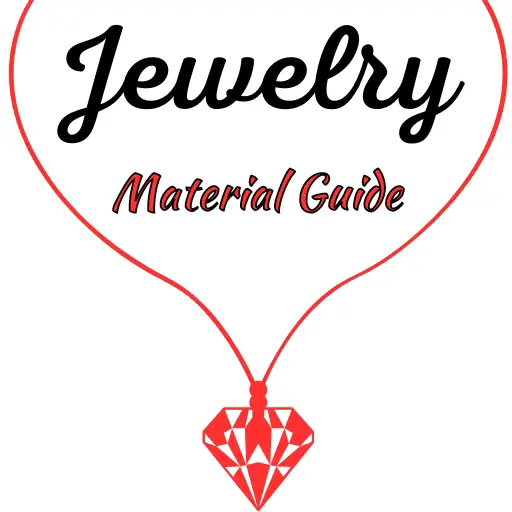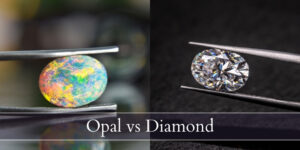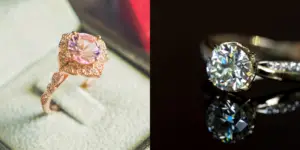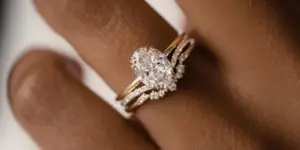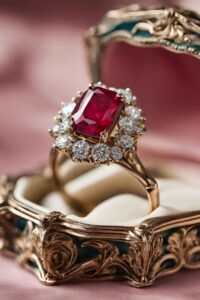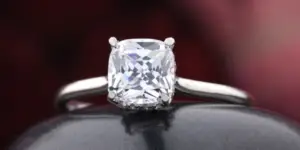Pearls have been around for millennia, and they’ve always been viewed as one of the most elegant gemstones out there. They’re timeless, and yet fragile. As industry evolved, pearls became more and more common. From a very rare and amazingly expensive gemstone that was difficult to find, to a beautiful yet common gem you can now find in many jewelry shops. How did that happen ?
The short answer is: pearl farms. Some time ago pearls shifted from only wild, natural pearls to cultured, farmed pearls. The costs were brought down because more and more pearls were available. So let’s take a look at cultured vs natural pearls, see if there’s really any difference between them and if it even matters.

Natural vs cultured pearls
Natural pearls are the original, wild pearls that take may years to form and generally have more layers of nacre on them than a cultured pearl. A cultured pearl can be predictable in color, uniformity, shape, and size just by knowing when and how the oyster was seeded, while a natural pearl may be nay shape or size, until you open the oyster.
There is also a difference in the nucleus of the pearls. Natural pearls only happen when and if a foreign object enters the oyster, such as a small parasite or piece of another mollusk. This happens rarely and to very few oysters. Cultured pears are hand-seeded, so all oysters will produce at least one pearl, and some may have a thicker nucleus, meaning less nacre.
To better understand these differences, let’s first explain what a pearl really is, and them take a look at the two types of pearl out there.
What are pearls ?
Pearls are the product of an irritation within an oyster. All oysters are capable of producing a pearl, but not all pearls may be iridescent or good enough for jewelry.
For a pearl to form within an oyster, a foreign object must enter the pearl. It could be anything, form a small parasite to a piece of the oyster itself somehow dislodging itself and producing an irritation. It’s rarely a grain of sand as the story goes, because oysters manage to remove sand very easily.
As the irritant sits in the oyster, it’s surrounded by layer upon layers of nacre, which is also called mother of pearl. You will also find this substance on the inside of the oyster, as it’s a protective layer. The oyster will continue depositing layers of nacre onto the pearl, as a response to the irritation.
The longer the pearl sits in the oyster, the more nacre it will develop. It will get bigger, shinier, and have a better color the longer it stays in there.
Are pearls oyster eggs ?
No, pearls are not oyster eggs, they are the result of the oyster’s immune system. An oyster produces eggs, yes, but they are released into the water column where they are later fertilized. No oyster eggs ever become pearls.
Since pearls form incredibly rarely under normal conditions, a pearl being an oyster egg would end the species due to a very low natality rate.
Read also: Why Are Pearls Different Colors ?
1. Natural pearls are more expensive
Because natural pearls are really rare, they are also much more expensive. The high price tag comes from several factors, such as:
- scarcity, a very small percentage of oysters produce a pearl on their own
- labor, as workers are needed to collect and open the oysters
- waste, as many oysters without a pearl are opened to find just one pearl oyster
- quality, not all pearls are good quality (misshapen, gritty, too small, poor coloring, etc)
This make any natural pearl that is perfectly sound and shiny an example of a rare beauty. B y comparison natural pearls are reliable and predictable, since all oysters are seeded and all oysters produce at least one pearl. The price goes down significantly when dealing with cultured pearls, though their quality does not suffer greatly.
2. Cultured pearls tend to be more uniform and have better colors
Because cultured pearls are grown in monitored conditions and are left to develop for years on end, they will consistently produce good, round, shiny pearls of adequate size and weight. These pearls tend to have a uniform color and barely any surface issues.
Natural pearls are a lottery. When you do find a pearl oyster, it could be a small pearl, it could be misshapen, it could have a spotty or splotchy color, and it could even be of poor quality.
So if you’re looking for a strand of pearls, you’re going to need uniform and matching pearls. A stand made of cultured pearls is much more likely to offer what you’re looking for, rather than a natural pearl.
3. Natural pearls are unpredictable, may take longer to form
Natural pearls take much longer to form than cultured pearls, or rather the process is much more unpredictable than for cultured pearls. This is because a pearl will form if an irritant ever enters the oyster. And this can take anywhere from a couple of days to years, depending on how often the oyster opens, what passes by it, and how easily the oyster removes the foreign object.
And when a diver does bring such an oyster to the surface to open, the pearl may be just a few months old, or it could be old and round and perfect, or it could be old and misshapen, or any combination.
By comparison cultured oysters take 12-26 months to form a pearl, because that is the amount of time farmers let them form the pearls. That is a good enough layer of nacre without draining the farm’s resources too much. Some farmers have begun to let their oysters produce larger pearls with more nacre, leading to a longer wait time (over 3 years).
In general, the thicker the nacre layer the better the pearl, which means the older the pearl the better it is.
4. Cultured oysters may form several pearls
Cultured oysters can be seeded with more than one mantle piece or shell piece, leading to the formation of several pearls in a single oyster. Not all cultured pearls do this though.
By comparison natural oysters tend to produce a single pearl, when they do produce one. This makes the one pearl is going to be much more valuable because of this.
Are natural pearls better than cultured pearls ?
Natural pearls are not 100% better than cultured pearls, simply because the overall quality of the pearls is not that different. It really depends on what you expect from your pearl.
If you’re looking for a really rare and unique pearl, a natural one has a high chance of fetching a high price and having no other match. If you’re into matching sets of pearls and would like to pay less, natural pearls offer a wide range to colors and sizes to choose from.
For jewelers cultured pearls are easier to work with and are not as expensive as a natural pearl. If you’re a collector, then you’re likely to opt for a natural pearl.
Do real pearls turn yellow ?
Yes, real pearls can turn yellow with time and if they’re left to dry out too much. Pearls are organic gems, so they need a bit of moisture and air to keep the nacre layers intact. This does not mean you should submerge your pearls in water.
It simply means that the more you wear your pearls and expose them to air and a bit of moisture, the better they will survive over the years. Pearls that are tucked away in a drawer for a couple of years will start to lose their shine and take on a yellow hue. That is the outer layer of nacre, drying and becoming brittle and opaque.
Faux pearls do not yellow, as they’re made from synthetic materials and thus won’t really chance their composition, unless made of silicone.
What dictates a pearl’s price ?
A pearl’s price is dictated largely by its size, luster, and how smooth its surface is. The thicker the nacre layer, the more expensive the pearl, and it usually means it’s a larger pearl.
Not all pearls form smooth and perfectly round. Many are a bit lopsided, or may form with ripples on their surface, or they may be round but have a gritty appearance.
The more nacre on a pearl, the better its luster. A pearl has body color (white, black, green, blue, purple, anything you can imagine) and luster, which is the shine given by the many, many, many layers of nacre. The nacre may be of varying thickness and quality, and it may provide a duller or shinier affect.
Perfectly shiny and smooth pearls fetch the highest price, and of them the natural blue pearls are the rarest and most expensive. These are really, really rare and the cause of the blue color is not well known.
Next come white and gold Akoya pearls, which are cultured by may also be found in the wild. Black pearls are generally from Tahiti (or the oysters are of Tahitian descent), and are generally farmed as well.

I’m the main author for jewelrymaterialguide.com. I started this site after we did tons of research before our wedding and noticed that there is information about rings, jewelry, and so on that is really hard to find on the internet.
